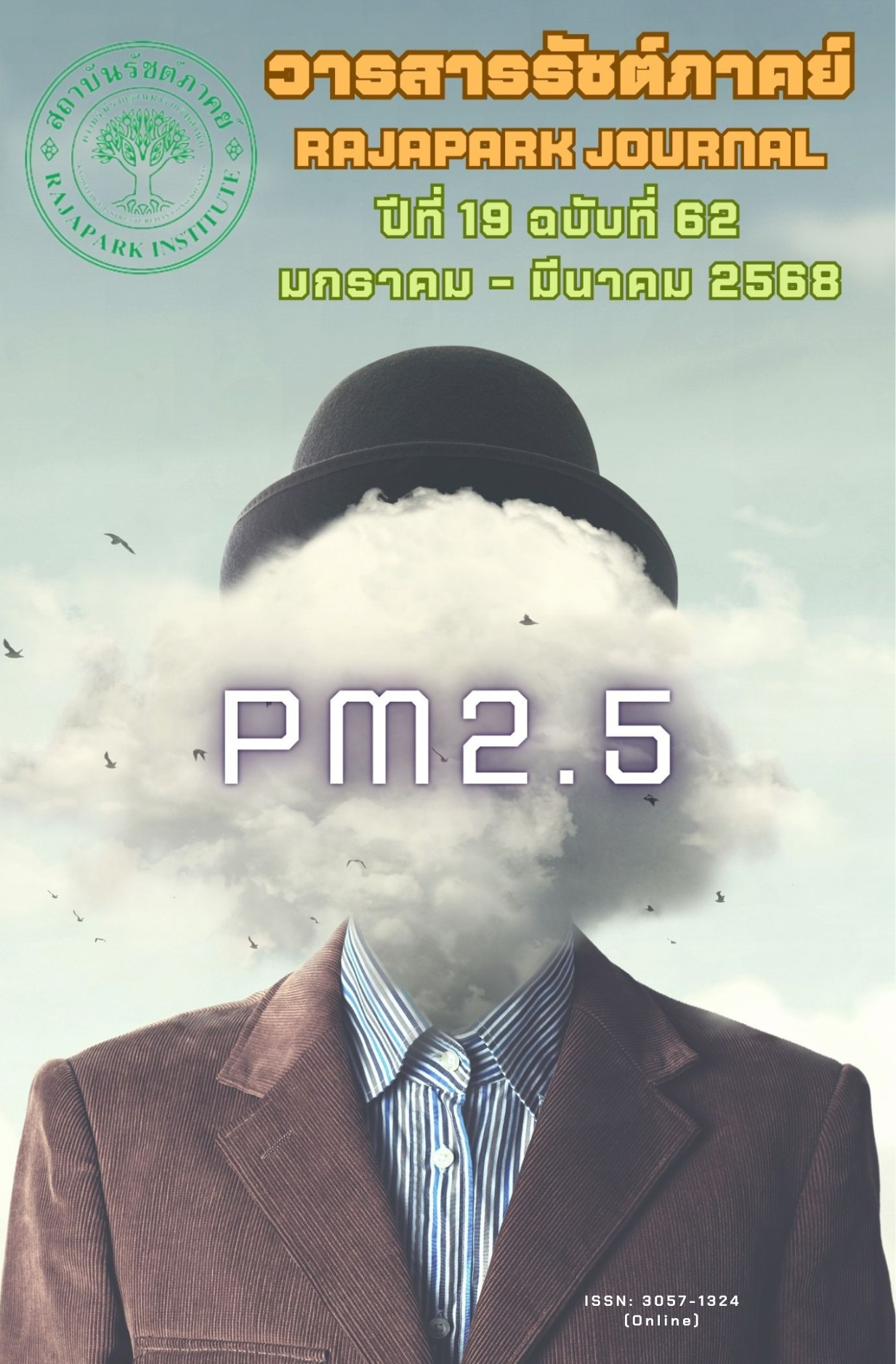Adjusting the Educational Management Approach to Keep Up with Changes in Higher Education Institutions
Main Article Content
Abstract
This article presents the concept and theory of organizational management in higher education institutions, adjusting the educational management approach to keep up with the changes that cause rapid changes in organizational management concepts and theories, systems theory, information technology, and higher education institution management. The study results found that organizational management in higher education institutions by accessing innovation and digital technology has many management principles from old theorists to strategies of academics and new-age administrators. Many principles from the past can still be used effectively in the present day. Some organizations create their own unique management principles, while many organizations may combine various beneficial principles to use together. No matter which principle, it depends on the organization to choose the management principle appropriate for its size and characteristics to make the organization successful. Organizational management in higher education institutions should be an open system because it requires input factors from the environment and changes them into output factors to the environment. Skills in using information technology as a tool for seeking, applying knowledge correctly, and creating maximum benefit. Able to integrate existing knowledge creatively to develop various innovations. Information technology is also a part of today's people's daily lives. In addition, focusing on practical learning management, goal setting, aiming for excellence, supervision, monitoring, welfare, personnel development, reinforcement, improvement, review, and continuous development to develop the highest quality work performed.
Article Details

This work is licensed under a Creative Commons Attribution-NonCommercial-NoDerivatives 4.0 International License.
Views and opinions appearing in the Journal it is the responsibility of the author of the article, and does not constitute the view and responsibility of the editorial team.
References
Achava-Amrung, P. (2003). Analysis of Thai people's rational thinking for decision-making. Department of higher education, Chulalongkorn University.
Bangmo, S. (2015). Organization and management. Withayapat.
Certo, S.C. (2003). Modern management. Prentice Hall.
Duangchuen, P. (2018). Organizational leaders in VUCA world. Christian University Journal, 24(3), 450-458. https://he01.tci-thaijo.org/index.php/CUTJ/article/view/155265
Galupa, A., Hartulari, C., Spataru, S. (2014). The environment pollution in terms of system theory and multicriterial decision. Economic Computation and Economic Cybernetics Studies and Research, 48(4).
Gulick, L. (1937). Notes on the Theory of Organization: Papers on the science of administration, Ch. 1. Institute of Public Administration.
Herbert, G.H. (1972). The management of organization: a systems and human. resources approach. McGraw-Hill.
Hieronymi, A. (2013). Understanding systems science: a visual and integrative approach. Systems Research and Behavioral Science, 30(5), 580-595. DOI:10.1002/sres.2215
Intaratat, K. (2007). Information technology and communication theory. Chulalongkorn University.
Kaewsanan, K., & Chirinung, P. (2021). Organization management to success. Journal of Buddhistic Sociology, 6(4), 88-108. https://so06.tci-thaijo.org/index.php/BSJ/article/view/247838
Kwanngern, S. (2016). Management principles. SE-EDUCATION.
Montgomery, E. G., & Oladapo, V. (2014). Talent management vulnerability in global healthcare value chains: a general systems theory perspective. Journal of Business Studies Quarterly, 5(4), 173-189.
Naweekarn, S. (2002). Management and organizational behavior (3rd ed.). Bannakit 1991.
Phuttapoomphitak, W., & Inwang, K. (2011). Organizational and management theory. Phitsanulok University.
Posttoday. (2021, Dec. 29). How to manage a team when remote working. https://www.posttoday.com/lifestyle/641466
Robbins, S.P., & DeCenzo, D. A. (2004). Fundamentals of management: essential concepts and applications (4th ed., illustrated). Pearson/Prentice Hall.
Robbins, S.P., & Judge, T. (2007). Organizational behavior (12th ed., illustrated). Pearson/Prentice Hall.
Sanguannam, J. (2002). Theory and practice of educational administration. Book point.
Sehgal, V. M., & Bharucha-Reid, A. T. (1972). Fix points of contraction mappings in probabilistic metric space math. Mathematical Systems Theory, 6(1-2), 97-102. http://dx.doi.org/10.1007/BF01706080
Semprevivo, P. C. (1976). System analysis: definition, process and design. Science Research Associates.
Sinlarat, P. (2019). Principles of curriculum management and teaching (5th ed.). Chulalongkorn University.
Suan Dusit Rajabhat University. (2007). Application of information technology. Suan Dusit Rajabhat University.
Teerawanich, A. (2010). Modern management (3rd ed.). Mother Boss Packaging.
Wijannarong, J., Somboon, V., & Meesiri, W. (2022). New normal: management aspect of modern organization. Journal of MCU Social Science Review, 11(1), 392-400. https://so03.tci-thaijo.org/index.php/jssr/article/view/253942
Wongsansri, P. (2009). Human resource management (5th ed.). Faculty of Management Science, Suan Dusit Rajabhat Institute.


